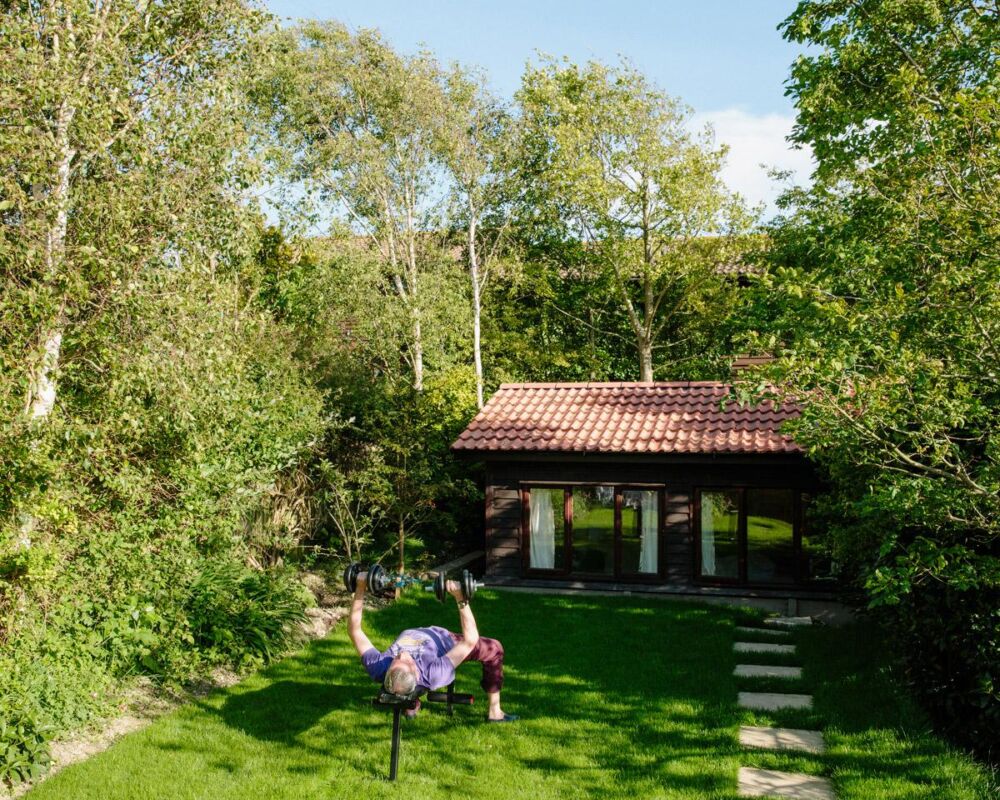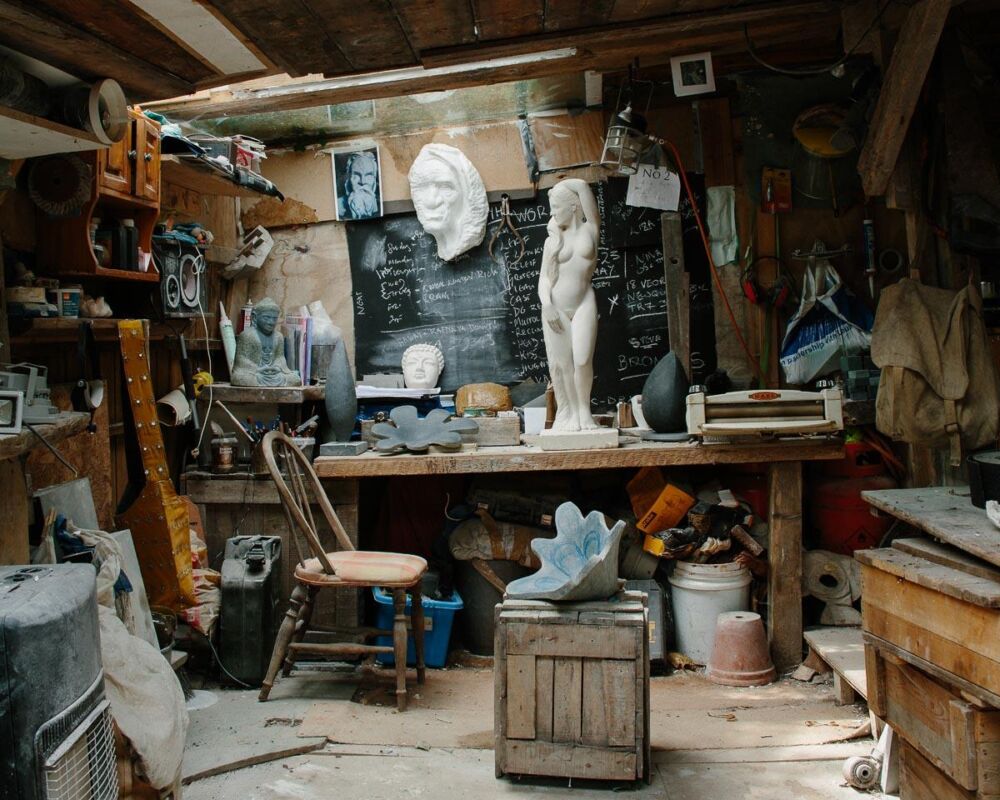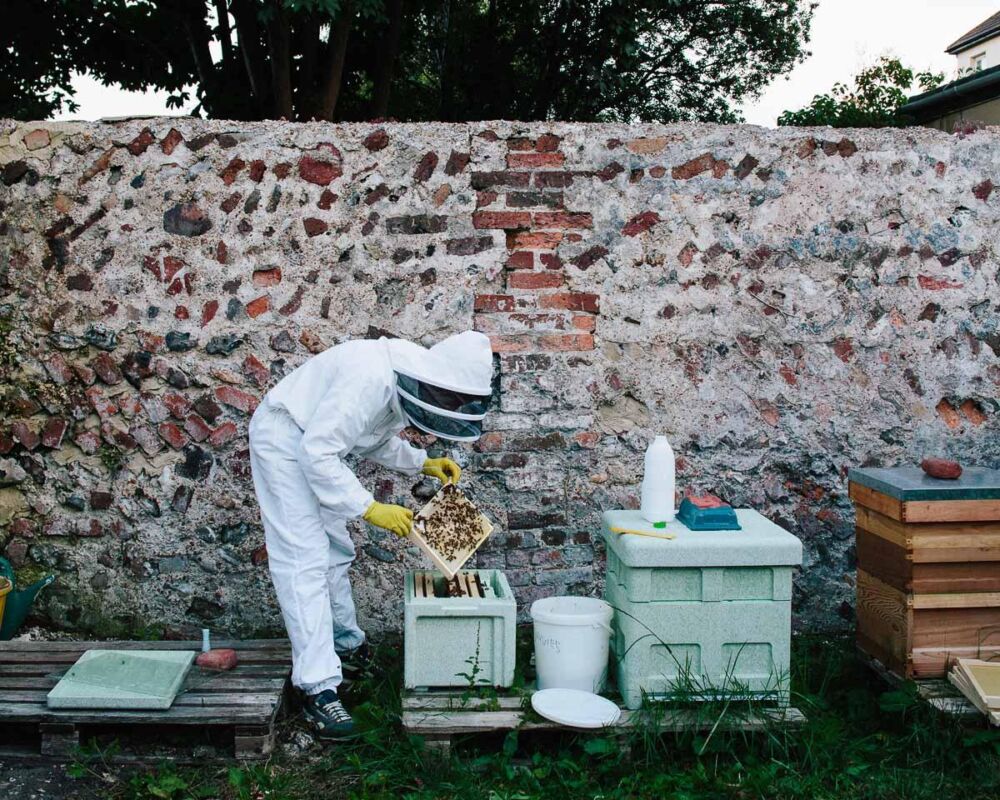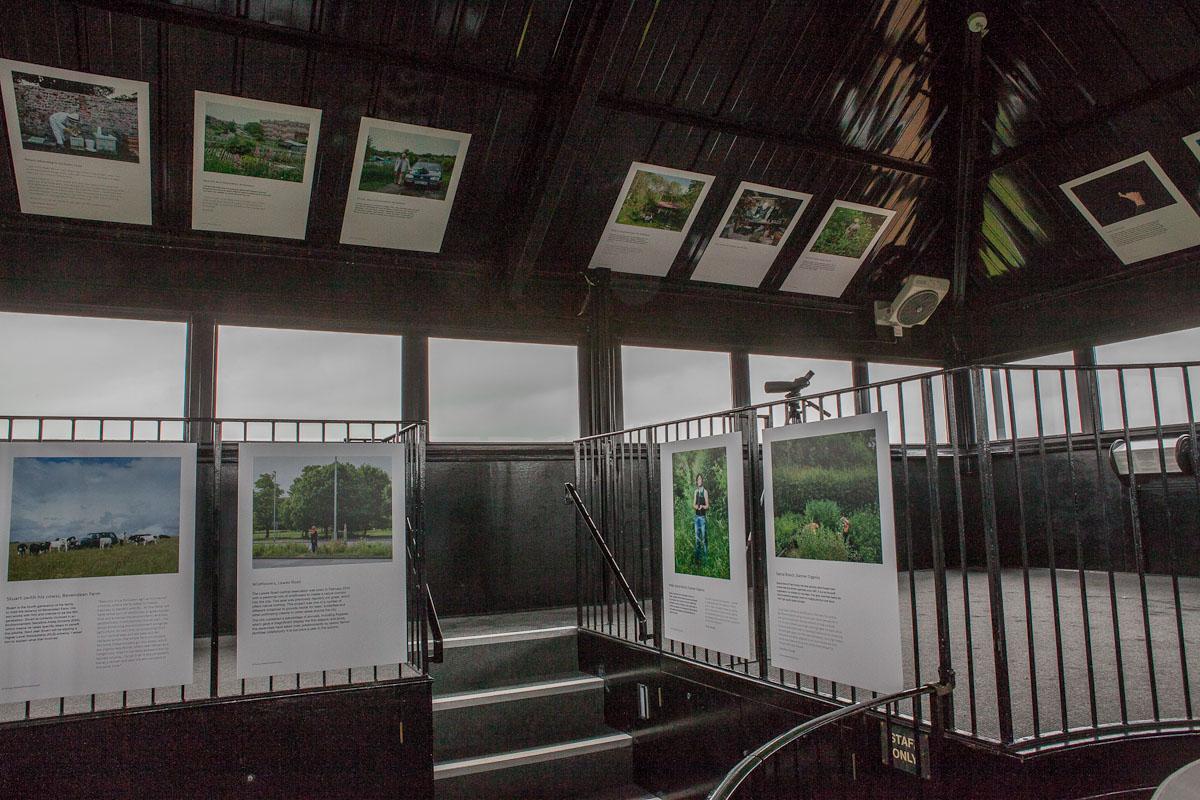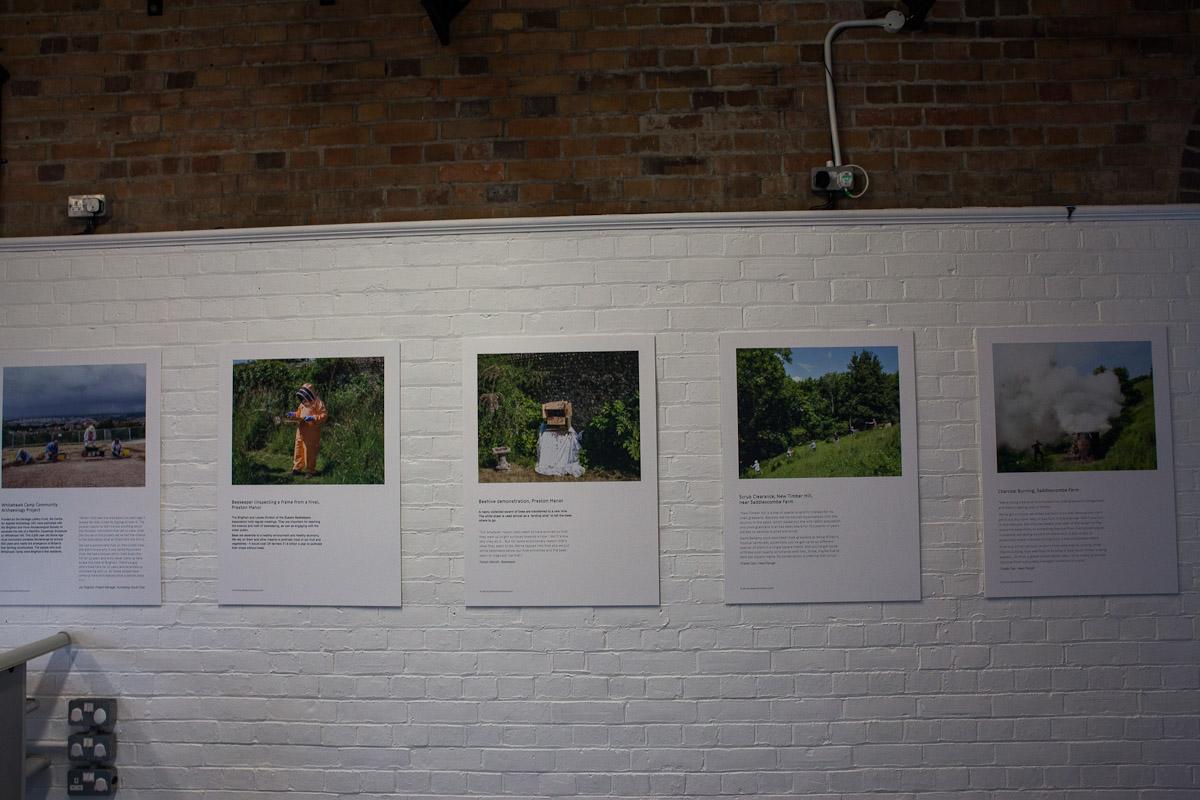Land Use and Wildlife - Murray Ballard
Land use & wildlife is concerned with the protection and restoration of biodiversity and natural habitats through appropriate land use and integration into the built environment.
Brighton and Hove is a highly managed landscape. It has been changed and adapted by humans for thousands of years. Everything in nature is connected; upsetting one element can have untold effects on another. Conversely, taking steps to improve one particular component can have a positive knock-on effect. The aim for conservationists is to manage and improve the biodiversity and sustainability of the environment. This doesn’t happen by itself; it is the product of hard work, from research, political debate and funding through to actual physical labour.
It is the work carried out by farmers, conservationists and volunteers, often unnoticed by the wider public, which is the focus of this photo essay. From the archaeological dig of a Stone Age monument to the clearance of scrubland and the restoration of precious chalk grassland, humans are the main subject, rather than the flora and fauna, often deemed more worthy of a photograph of this nature (sic).
For it is we humans that subjectively shape the environment to suit our needs and values. How we do that is a matter for us to collectively debate. This is a significant time to be creating a photo essay about land use and wildlife because in June 2014, Brighton and Lewes Downs was designated as a UNESCO Biosphere.
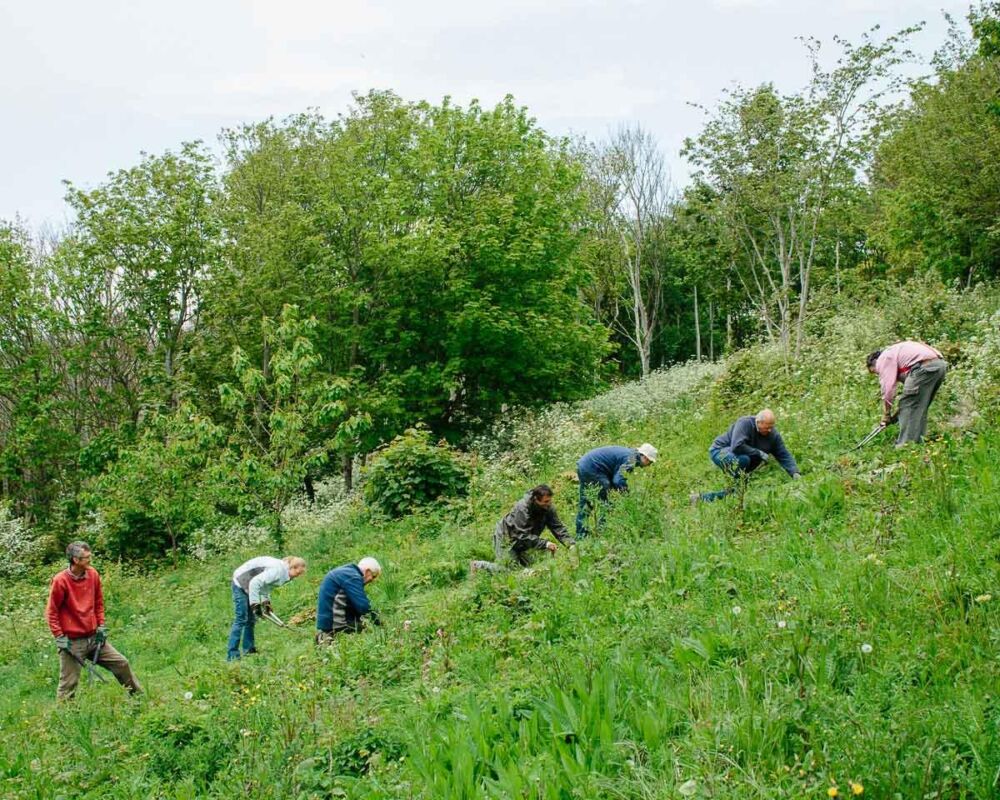
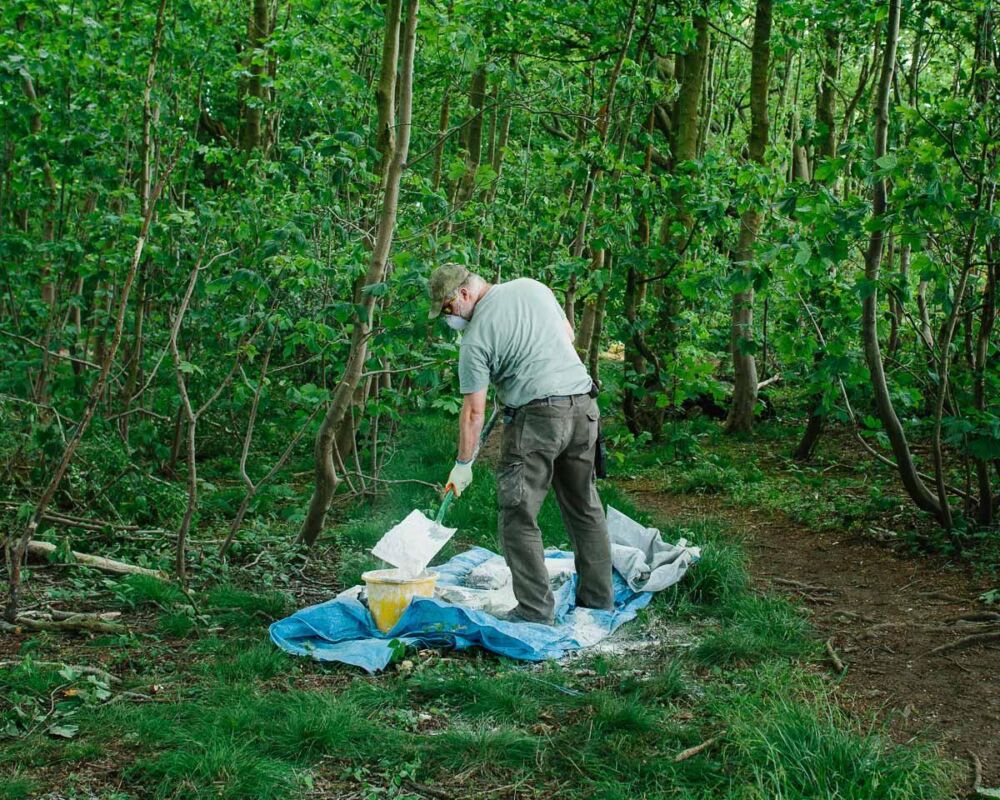
The restoration is being carried out almost entirely by volunteers and keeps the traditional skill of flint walling alive.
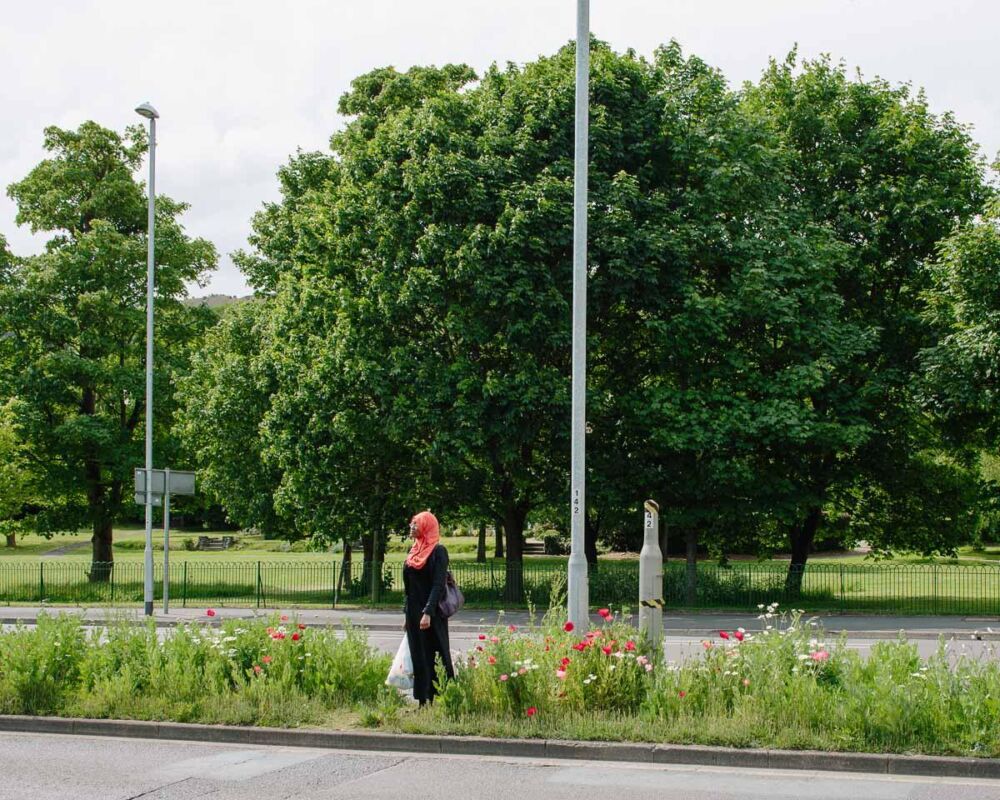
This project was one of a number of different initiatives to provide nectar for bees, butterflies and other pollinating insects in urban areas around the city.
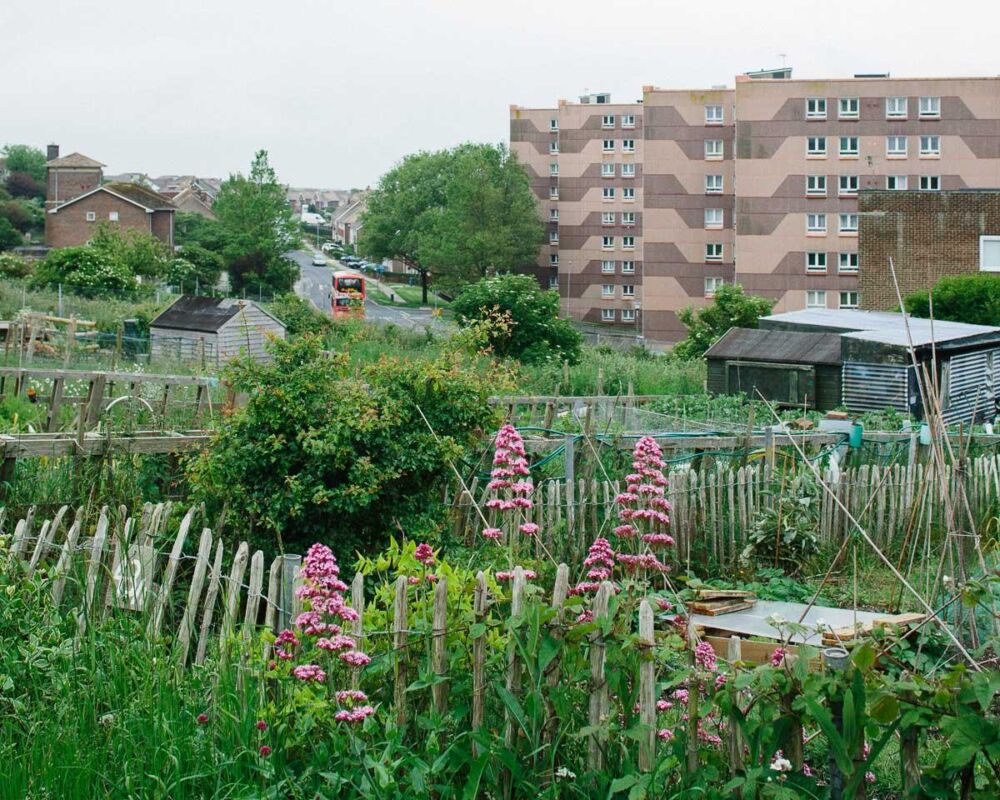
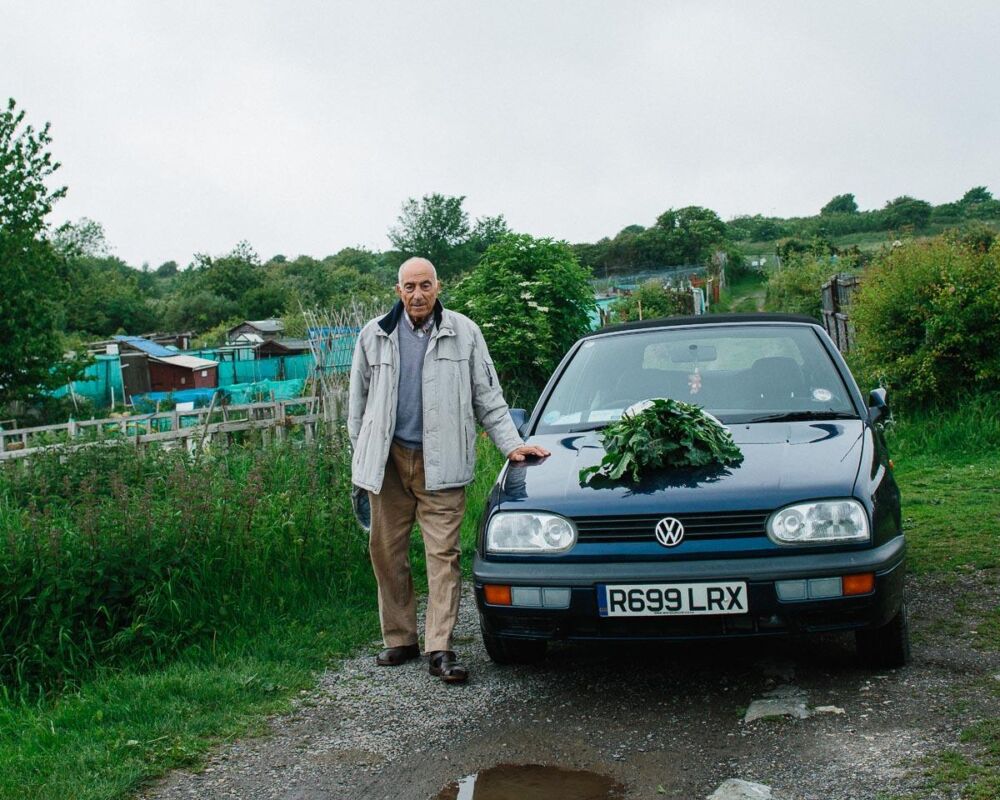
“For the food. I grow: tomatoes, broad beans, onions… All the food I need, I grow here… When you plant it yourself you know it’s good, when it’s ready you just pick it and eat it fresh.”
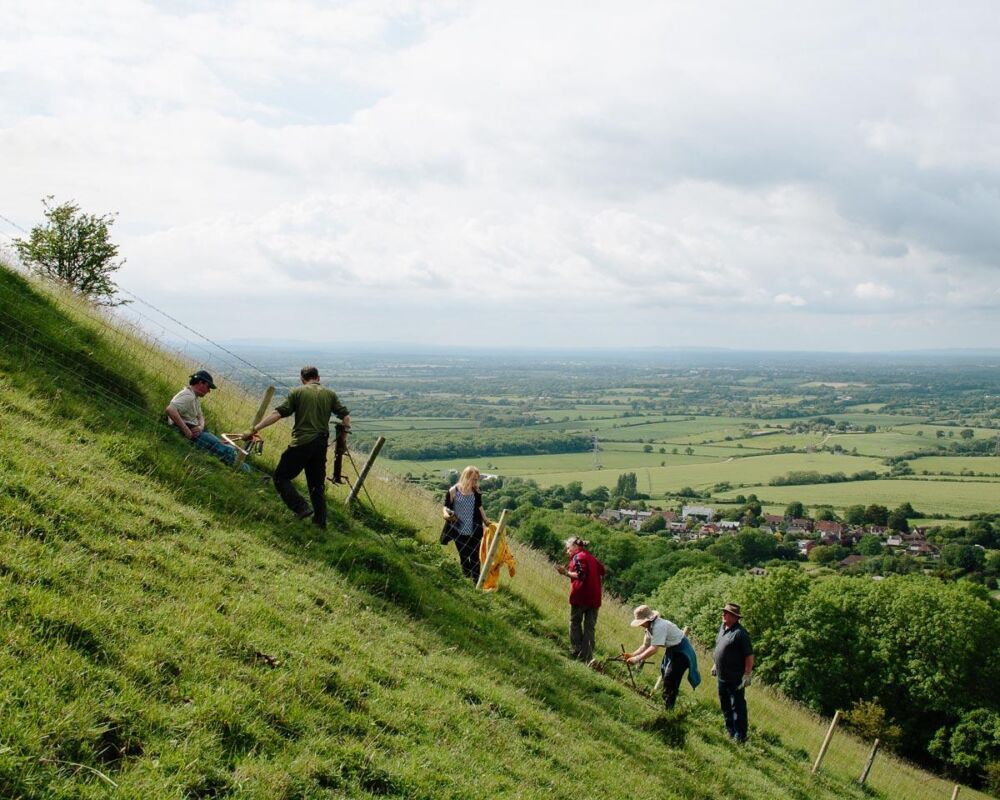
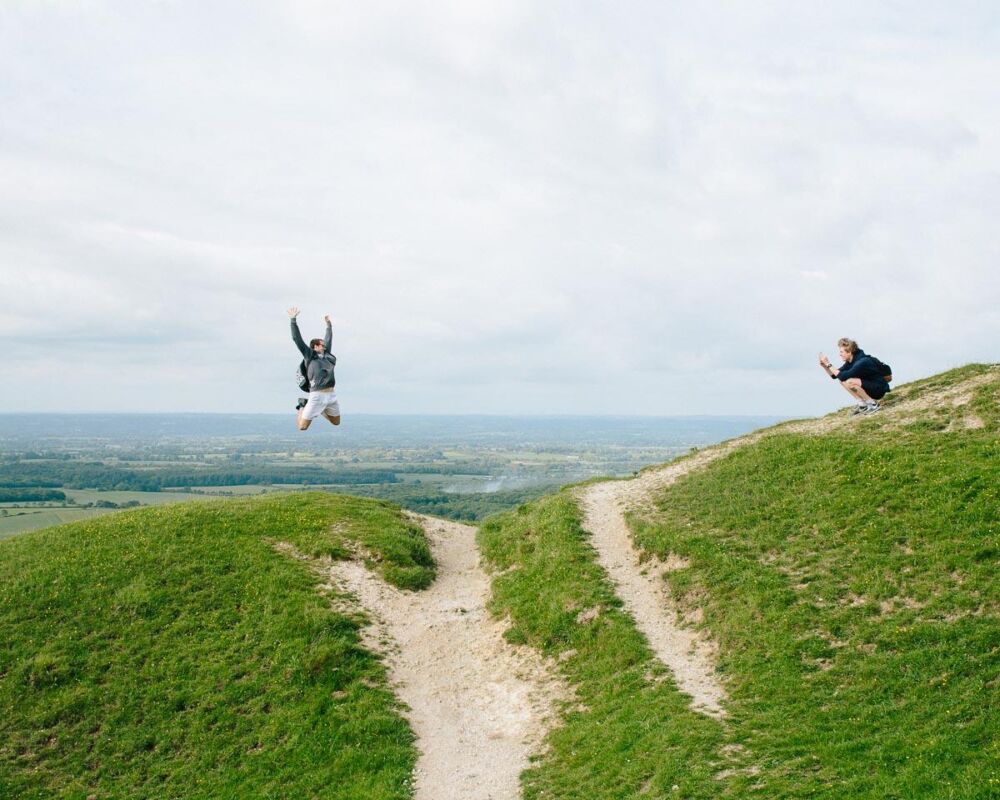
Today the Dyke is owned by the National Trust and gets about 800,000 visitors a year.
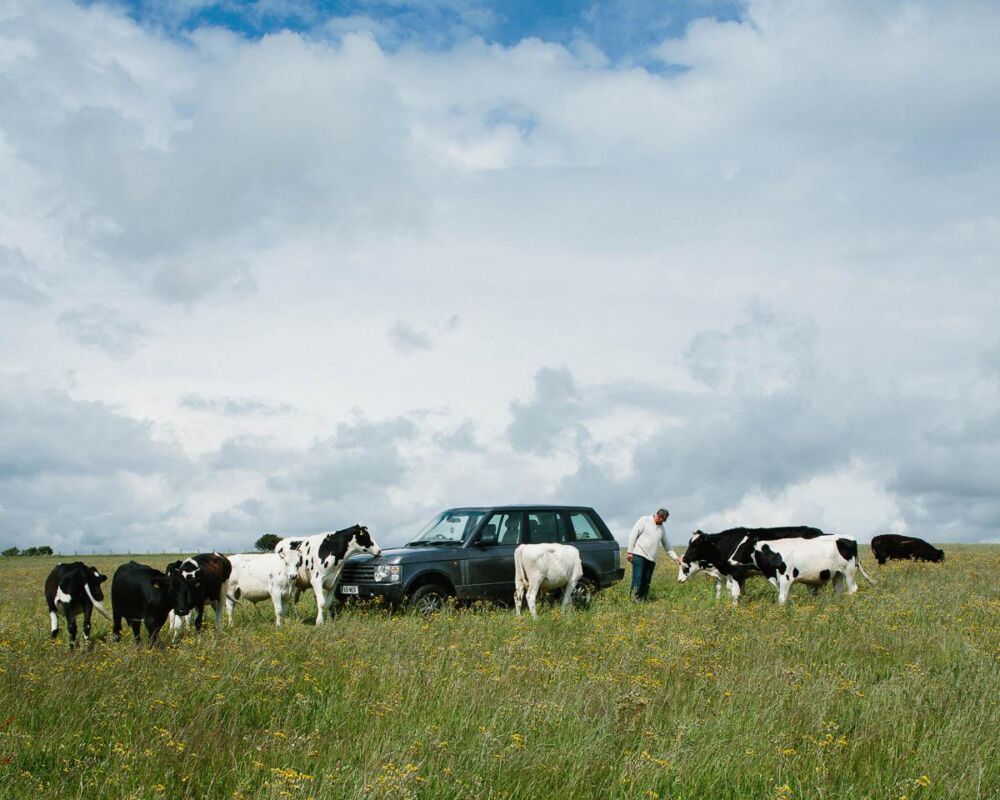
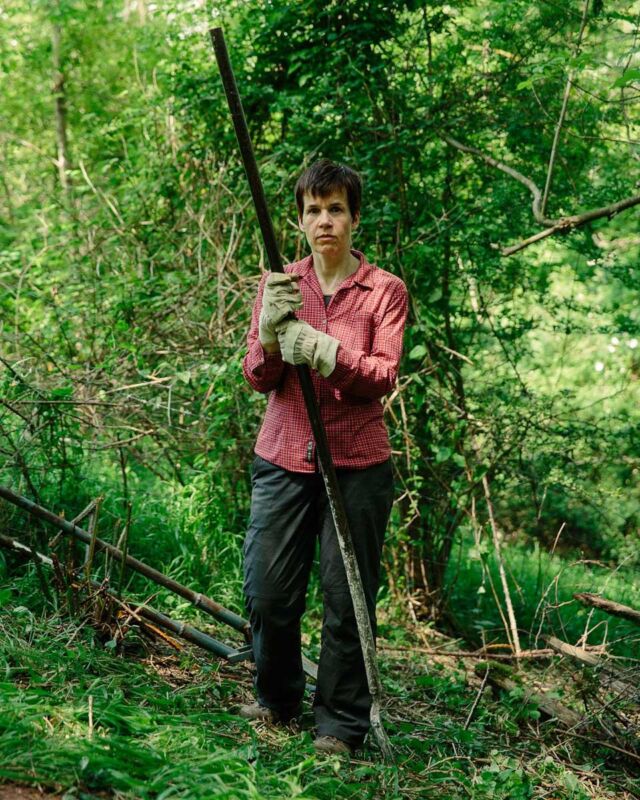
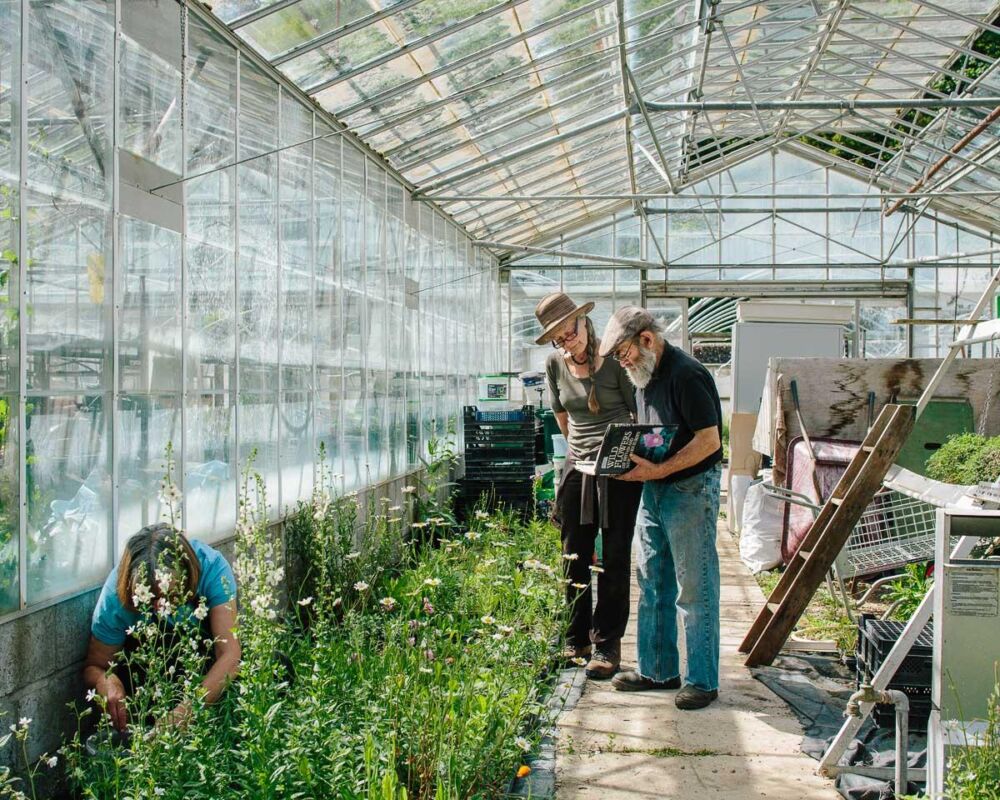
In 2013 the City Parks Department was awarded a National Improvement Area (NIA) grant for their proposal to plant 180,000 wildflowers across the city over two years, with the aim of enriching ecological diversity and improving the aesthetic value of the city’s council estates.
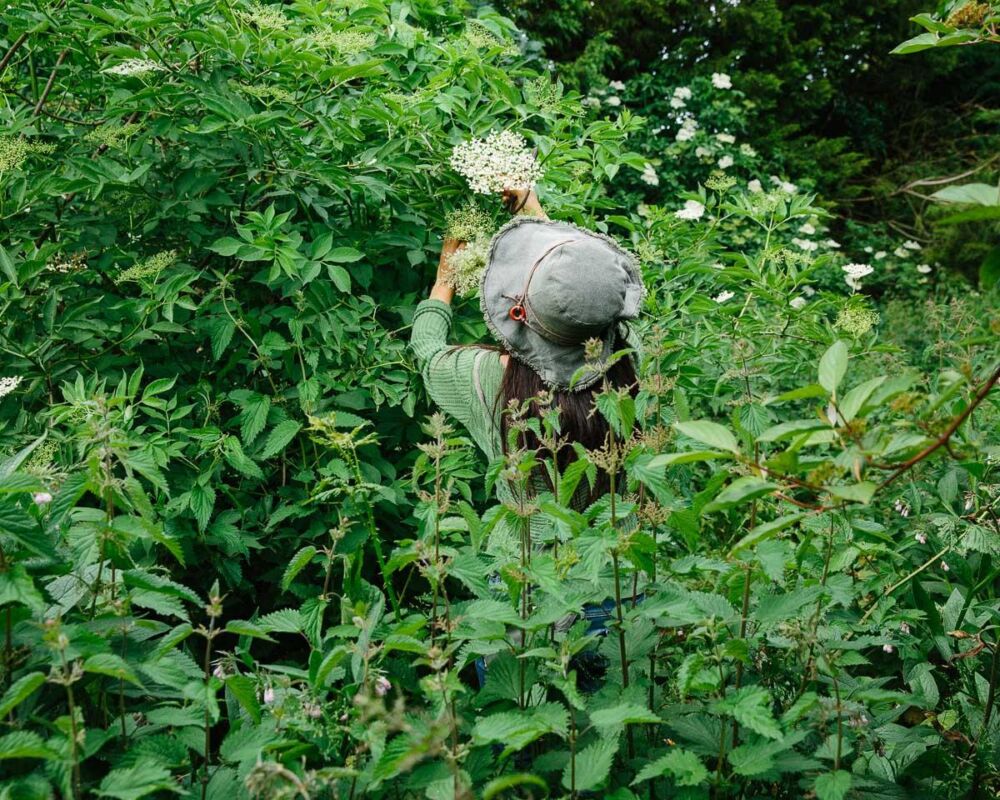

Camping provides people with an opportunity to connect with the natural landscape and scientists have proven that there are significant health benefits too.

“Moth trapping is a very effective way of finding out which moths occur in a particular area due to the tendency of most moth species to fly to light. Trapping is possibly an unfortunate word as it has overtones of captivity, but in reality the vast majority of moths are released back into the wild once they have been identified." - David Larkin, City Parks
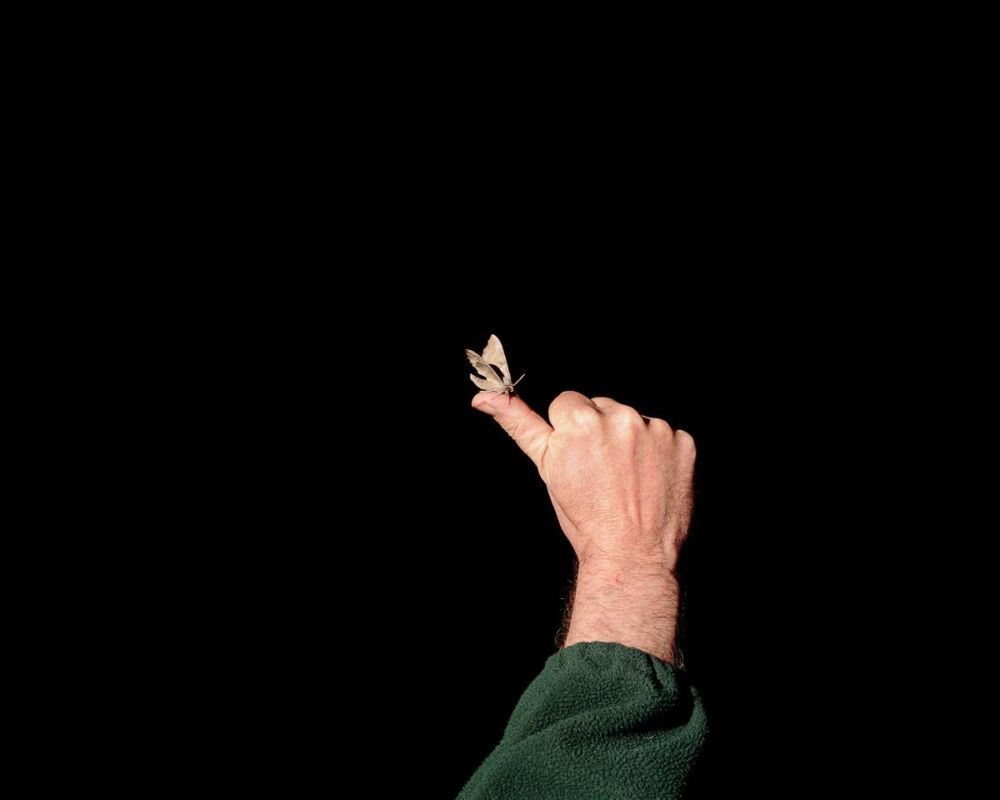
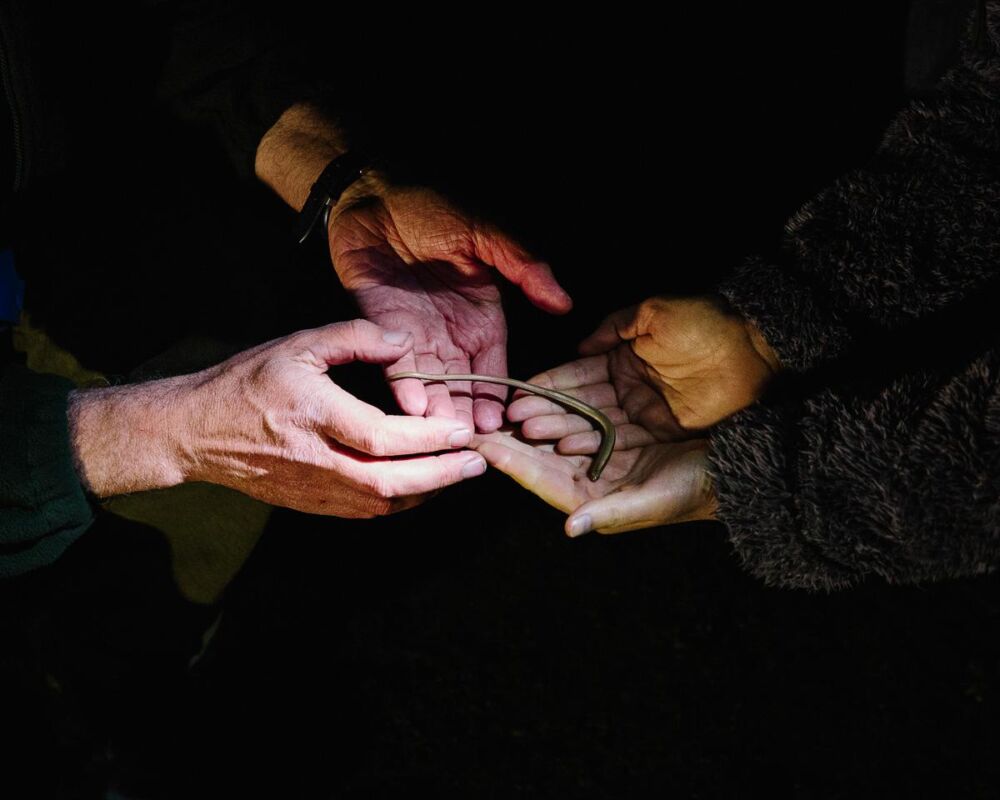
As with the rest of our reptiles their numbers have declined due to loss of habitat and they are now protected under the Wildlife and Countryside Act 1981.
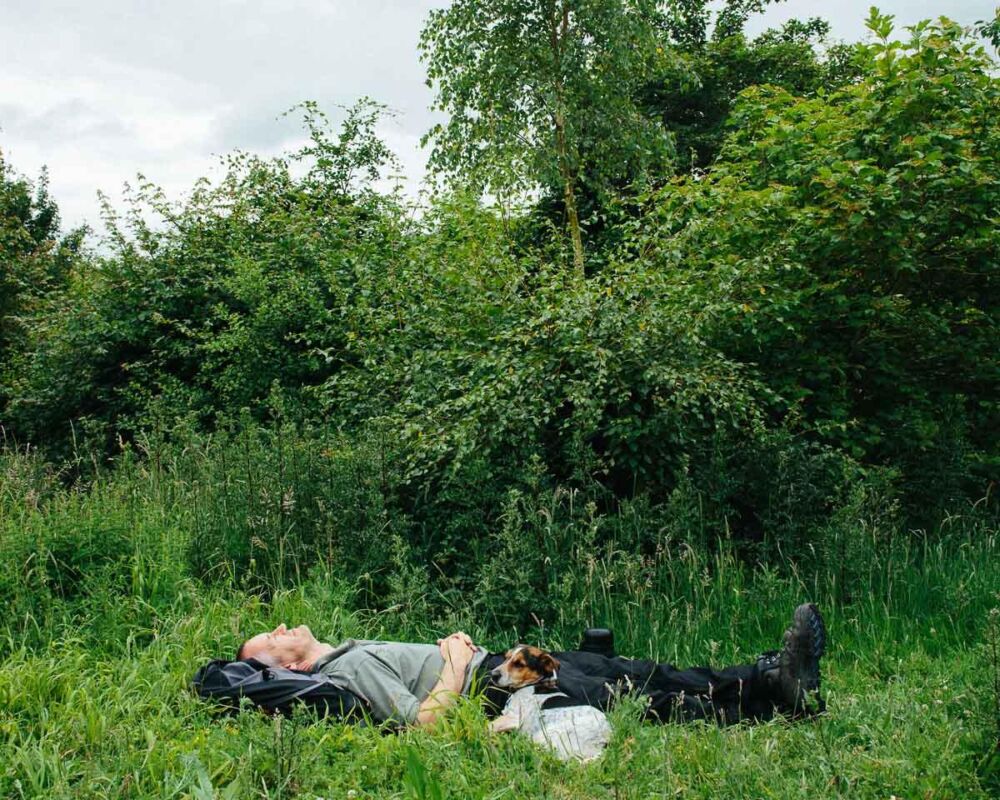
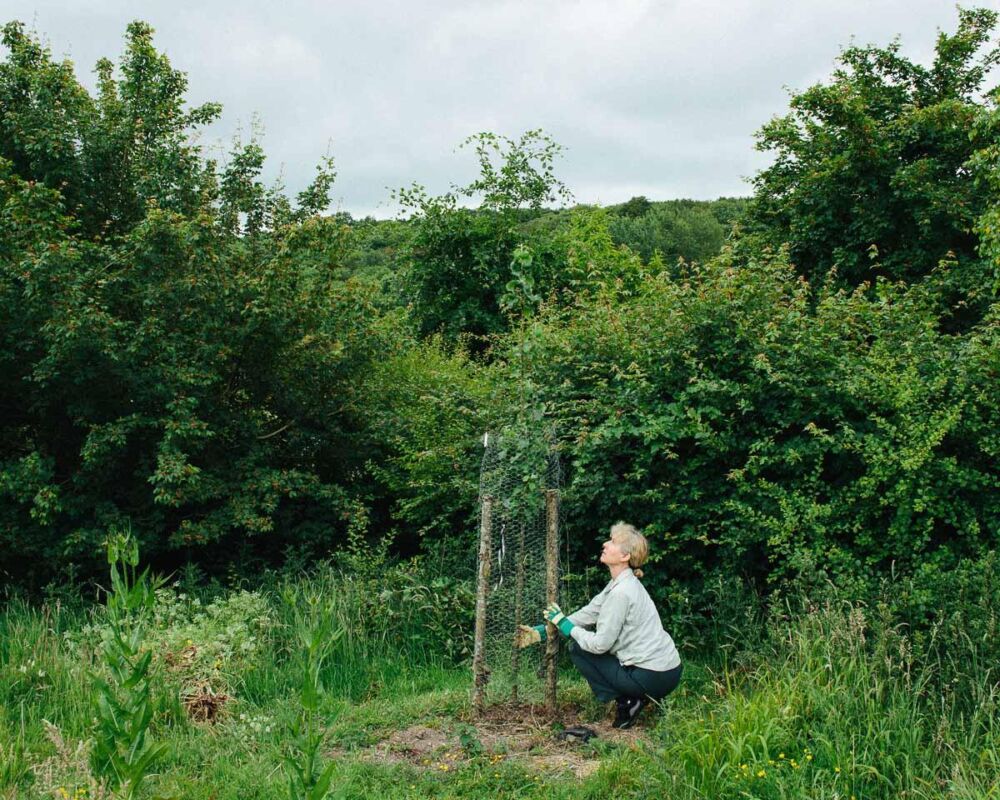
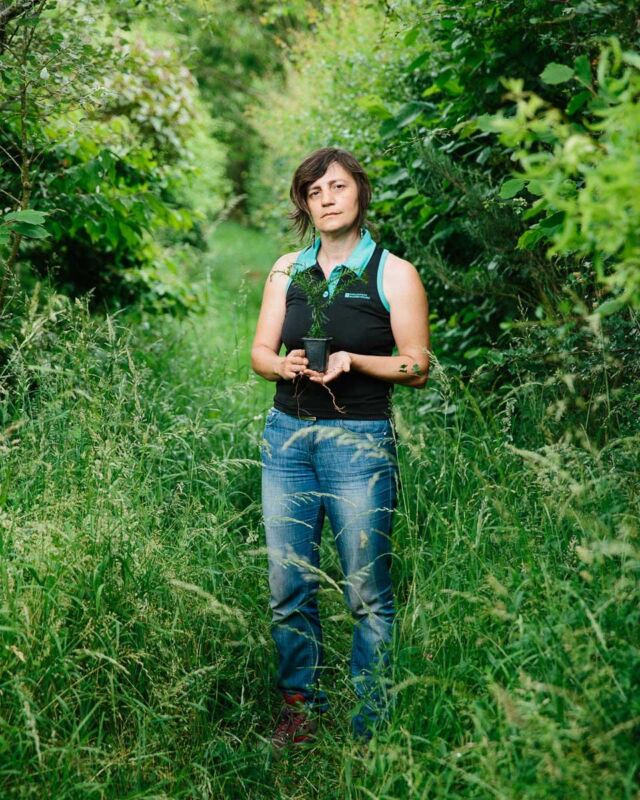
She started volunteering at Special Branch recently.
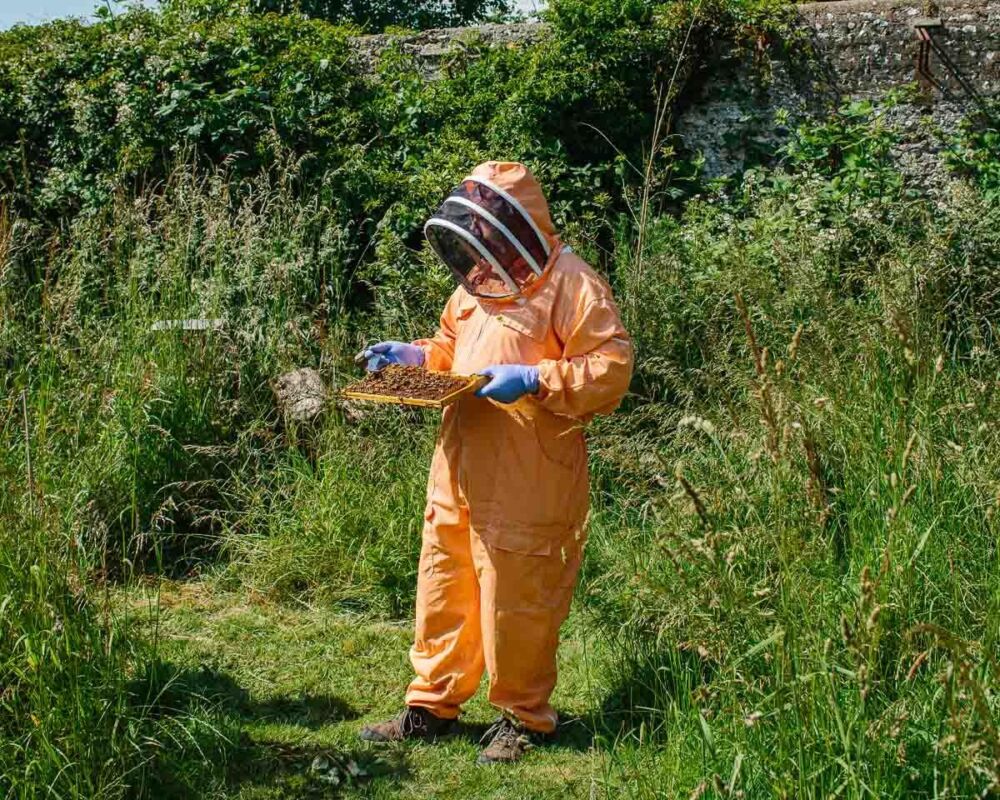
Bees are essential to a healthy environment and healthy economy.

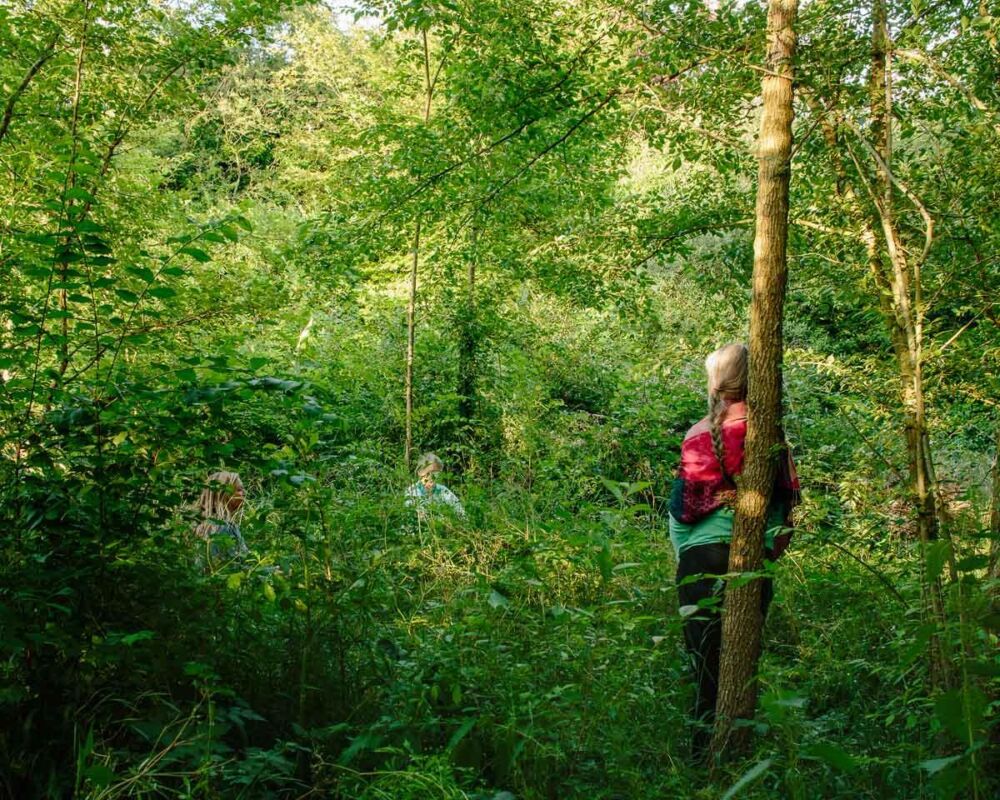
The garden is planted with native wildflowers to support biodiversity and local wildlife.
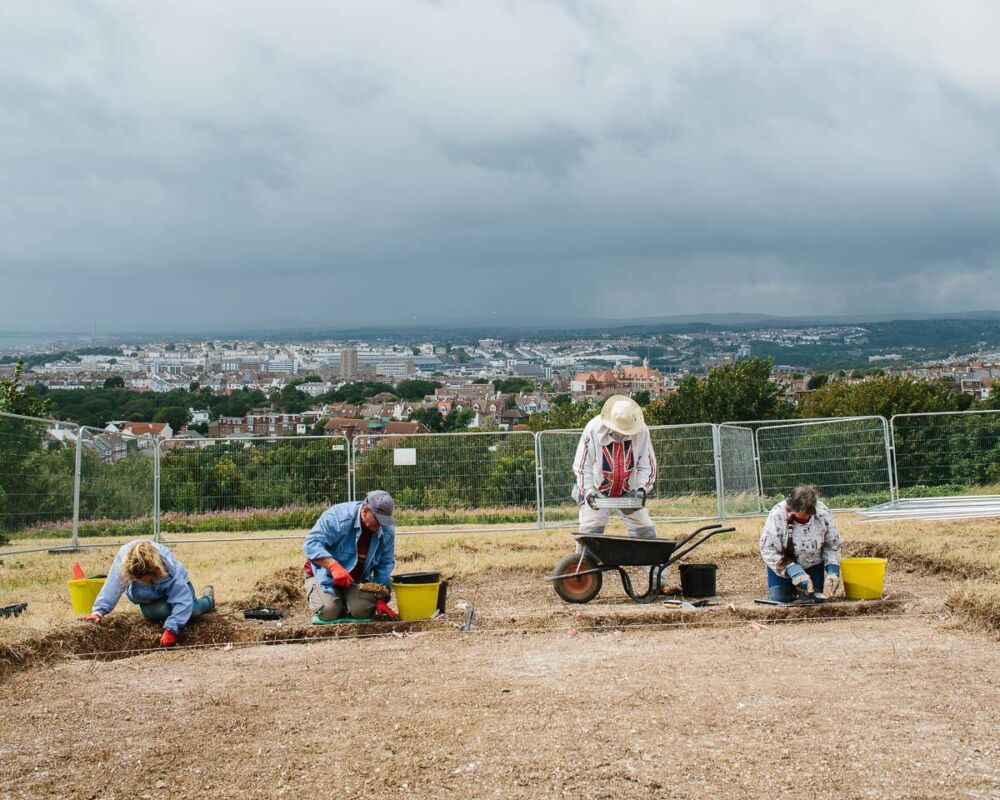
This 5,500 year old Stone Age ritual monument predates Stonehenge by around 500 years and marks the emergence of Britain’s first farming communities.
Essay Aproach
I’m not a typical wildlife photographer. I don’t own a macro or telephoto lens, the tools usually used to photograph ‘nature’. Throughout the commission I often surprised many people I met with my point of interest. I attended a beekeepers’ day at Preston Manor and, rather than concentrating specifically on the bees, instead I photographed people working on the hives. This approach confused a number of beekeepers and prompted another photographer at the event to ask me, ‘Are you not interested in the bees?’
Of course I was – I’ve always liked bees and I appreciate them even more now – but my approach to this commission was to photograph how humans change and shape our environment and to suggest that much of what we take for granted as being natural is actually the result of sustained landscape management.
I don’t usually like talking about the type of camera I use or to get bogged down in technical details, because I prefer to keep the viewer’s attention on the photograph. However, since this project marks a significant change in my approach, I’ll make an exception. Prior to this commission the vast majority of my work was made using a large-format camera and 5×4 negative film. But as more people switched to digital technology, the format has become increasingly specialised and, consequently, more expensive. It has reached a point where I can no longer justify the expense, so I have also made the transition to digital. These pictures were made using a Canon 5D, most of them with a 45mm tilt-shift lens. Using the movements, each photograph is made up of two images, one for the bottom half and the other for the top half. I then merge the two images together in Photoshop to create a single 5×4 format picture.
Exhibition info
This exhibition was held between 01/10/2014 and 31/07/2015 at Foredown Tower, Foredown Road, Portslade, East Sussex, BN41 2EW
Foredown Tower was built in 1909 on Foredown Hill by J. Every, of Lewes, as a water tower to serve the Isolation Hospital which once stood to the south of it. The hospital was demolished in 1990 and the Tower was converted into a countryside centre by Hove Borough Council (later becoming Brighton & Hove City Council).
A large camera obscura was installed enabling detailed views of the South Downs, farmland, spreading urbanisation and the sea coast right along as far as Worthing and the Isle of Wight. The centre was opened
in July 1991 with guided and unguided walks set up to give easy access to the Downs, and camera obscura demonstrations to introduce local geography, geology and history to visiting students and the general public. Although the camera obscura is not used for photography as such, it was, and still is, of particular attraction to photographers, amateur astronomers and artists who are interested in producing and capturing images.
Members of staff have always been keen to help visitors to identify ‘local nature’ and many interesting astronomical events have been observed from here, including solar and lunar eclipses and a spectacular comet.
The north wall of the grounds of the Foredown Tower runs along the southern edge of the National Park and is in a real sense a natural gateway to the Downs and the viewing gallery is an ideal site to study the sky, land and sea.
It is now run by Portslade Aldridge Community Academy (PACA) – Adult Learning.


